The current CCD light sensor used by digital cameras has a limited dynamic range.
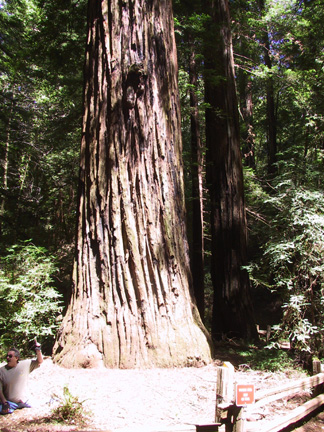 The picture on the left is of a costal redwood taken under conditions where the light varied from bright sunlight to deep shade. Note that the details in the bright sun, such as at the base of the tree are washed out. The details in the deep shade such as the small tree to the left of the large tree are also not visible. If you were standing by my side while I was taking the picture you would have seen details in both the very bright and very dark parts of the picture. To see this more clearly I have provided crops of the picture.
The picture on the left is of a costal redwood taken under conditions where the light varied from bright sunlight to deep shade. Note that the details in the bright sun, such as at the base of the tree are washed out. The details in the deep shade such as the small tree to the left of the large tree are also not visible. If you were standing by my side while I was taking the picture you would have seen details in both the very bright and very dark parts of the picture. To see this more clearly I have provided crops of the picture.
1. Base of tree: Washed out
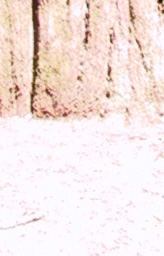 As you can see there is almost not detail of the forest floor at the base of the tree.
As you can see there is almost not detail of the forest floor at the base of the tree.
2. Midpoint up the tree. In a photo with a large variation in brightness using autofocus the part of the picture in the mid range of brightness will have the most detail as shown in the crop below. Just to the right is a crop of the small tree to the left of the big tree that has almost no details.
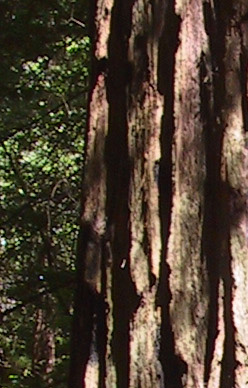

Right now one camera firm, Fuji, has one camera a F700 that has a sensor that has a better dynamic range as shown in the two photos copyrighted by Jeff Keller at DCRP:
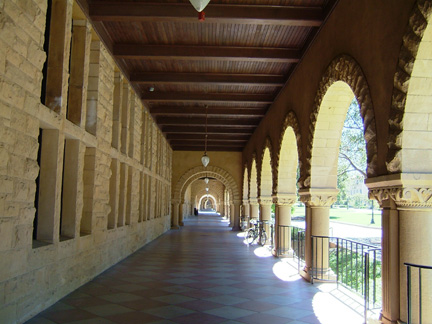
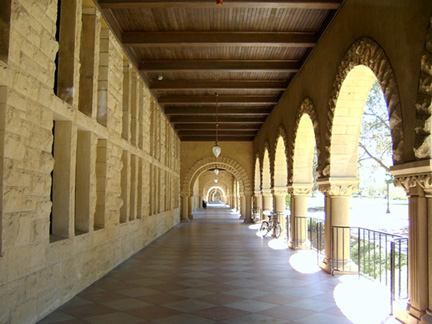
The picture on the right was taken by a Fuji F700 that has a new light collecting sensor that has a better dynamic range and the photo on the right was taken by a camera with the current CCD sensor. You can see more detail in the bright part of the picture. This was much more evident before the pictures were reduced in size. But, there is a complicating factor as the dark portion of the picture on the right is lighter than the dark portion of the picture on the left. We shall discuss the economic tradeoffs in buying this camera after showing you to what extent you can compensate for a limited dynamic range.
You can compensate for a limited dynamic range in people shots. To see this consider the following bad picture.
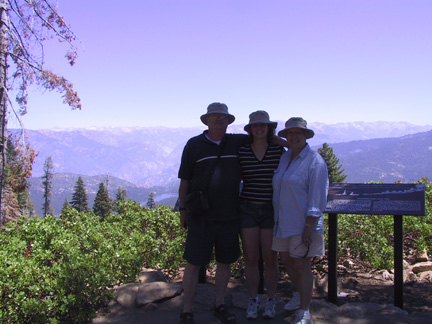 The background is bright and the people in the center are too dark. The picture can not be improved much at all in Photoshop by increasing the brightness, because too much detail has been lost in the dark parts of the original picture. The easiest way of avoiding pictures like this is learning how to recognize the situation where they will occur: people in the shade against a bright background or people in the sun against a very dark background. Your first method of compensating for limited dynamic range so to move the people to a location where the variation in brightness is small. In this case we should have been standing in the sun. However, there may well be cases where you can not compose the shot with more uniform lighting. In such cases you can use SPOT focus or EXPOSURE COMPENSATION. First consider spot focus
The background is bright and the people in the center are too dark. The picture can not be improved much at all in Photoshop by increasing the brightness, because too much detail has been lost in the dark parts of the original picture. The easiest way of avoiding pictures like this is learning how to recognize the situation where they will occur: people in the shade against a bright background or people in the sun against a very dark background. Your first method of compensating for limited dynamic range so to move the people to a location where the variation in brightness is small. In this case we should have been standing in the sun. However, there may well be cases where you can not compose the shot with more uniform lighting. In such cases you can use SPOT focus or EXPOSURE COMPENSATION. First consider spot focus
To learn how to use spot focus I placed a plant in the sunlight against a background in deep shade. The picture on the left is a reduced version of the picture with the standard autofocus averaging scheme. The picture on the right is with spot focus on the plant. In the picture on the left the colors on the plant are washed out whereas on the right the plant looks good at the expense of a darker background.
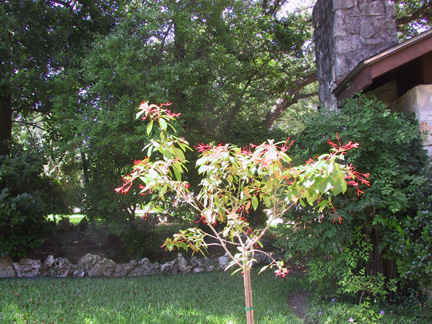
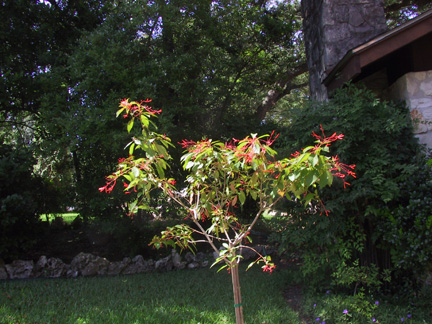
But if the people picture above had of been taken with spot focus, the details of the people would have been clearly visible, but the background would have been totally washed out. Another alternative would be to use exposure compensation. With exposure compensation you can control the tradeoff between detail for the people and detail for the background. To illustrate this procedure I took 3 shots of the plant above on a different day. The one on the left is with no exposure compensation. The middle one is with an exposure compensation of -1 and the one on the right with an exposure compensation of -2. There are 6 possible settings between the shot on the left and the one on the right. So you gain much more control at the cost of more effort.
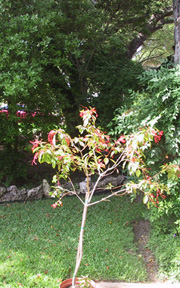
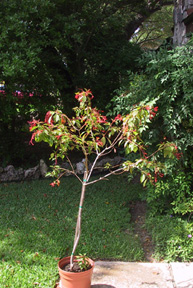

How difficult is it to use these two features. Using either feature requires reading the appropriate page in your manual, pushing the appropriate buttons, and performing an experiment like the one above to see the consequences of your actions. Learning to use spot focus is easier because it is an on or off feature where the exposure compensation feature on your camera will probably have 12 or so levels and you must choose the right level. However, with a little experience you should be able to judge whether a picture is properly exposed in your LCD monitor. You can take several shots at different exposure levels in the right range, download them to your computer and keep the best. Thus, using exposure compensation is only a little bit more complicated than using spot focus.
Now we can discuss the tradeoffs in buying a Fuji F700 in order to achieve a better dynamic range. This camera received mixed reviews. My interpretation of the reviews is that this is a good camera that is a bit expensive and the improvement in dynamic range is limited.
- Buy a camera with spot focus and exposure compensation. Almost all the cameras in the data base have these features.
- If obtaining better dynamic range is really important to you might consider the Fuji F700 or wait for the next generation improvements.